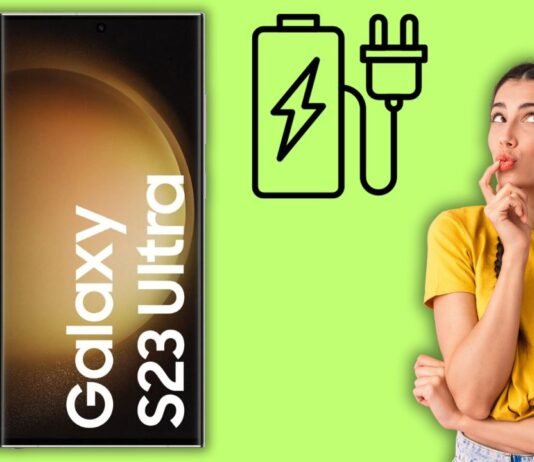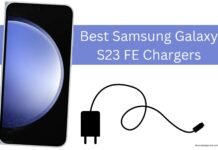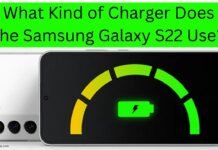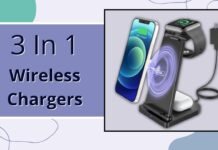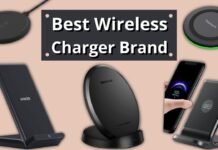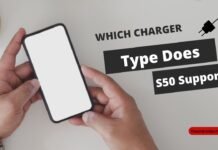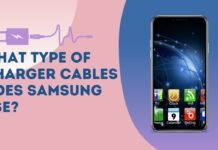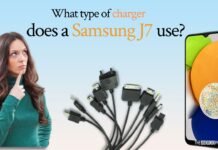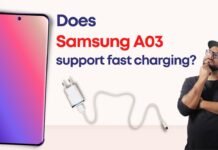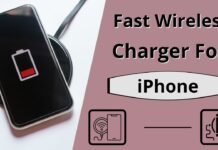Best Google Pixel 7a Wireless Chargers
In today's fast-paced world, our smartphones, such as the Google Pixel 7a, are vital tools for productivity. However, frequent usage often leaves us in...
Best Wireless Chargers For Multiple Devices
Are you looking for the best wireless chargers to charge multiple devices? If yes, you stopped here on the right webpage. Wireless chargers are...
Best 3 In 1 Wireless Chargers
Want to charge your smartphone, AirPods, and smartwatch simultaneously? If yes, 3 In 1 wireless charger is the ideal solution to your problem. If...
Best Wireless Charger Brands
Scrolling Google to find the best wireless charger brand? Why connect your phone with the messy charging cable when you can just put your...
Which Charger Type Does S50 Support?
Are you looking for a new charger to use with your Samsung Galaxy S50? If so, you may want to know, 'Which charger type...
What Type Of Charger Cables Does Samsung Use?
Samsung Galaxy is one of the most popular electronics brands in the world. It is important to know what type of charger they use...
What Type Of Charger Does A Samsung J7 Use?
Does your Samsung J7 use a standard wall charger, or is it wearing a battery pack? If you're anything like most people, you probably...
Does Samsung A03S Support Fast Charging?
The charging speed of the Samsung A03S will depend on the type of charger that you have. It will take around 2 hours to...
Best Charger For Pixel 2
The Pixel 2 is an amazing phone. It is fully equipped with gadgets: a sleek design, fantastic camera, tons of storage space, and great...
Best Fast Wireless Chargers For iPhone
Are you looking for a fast wireless charger for your iPhone? If yes, your search ends here on the right website. Wireless chargers are...

